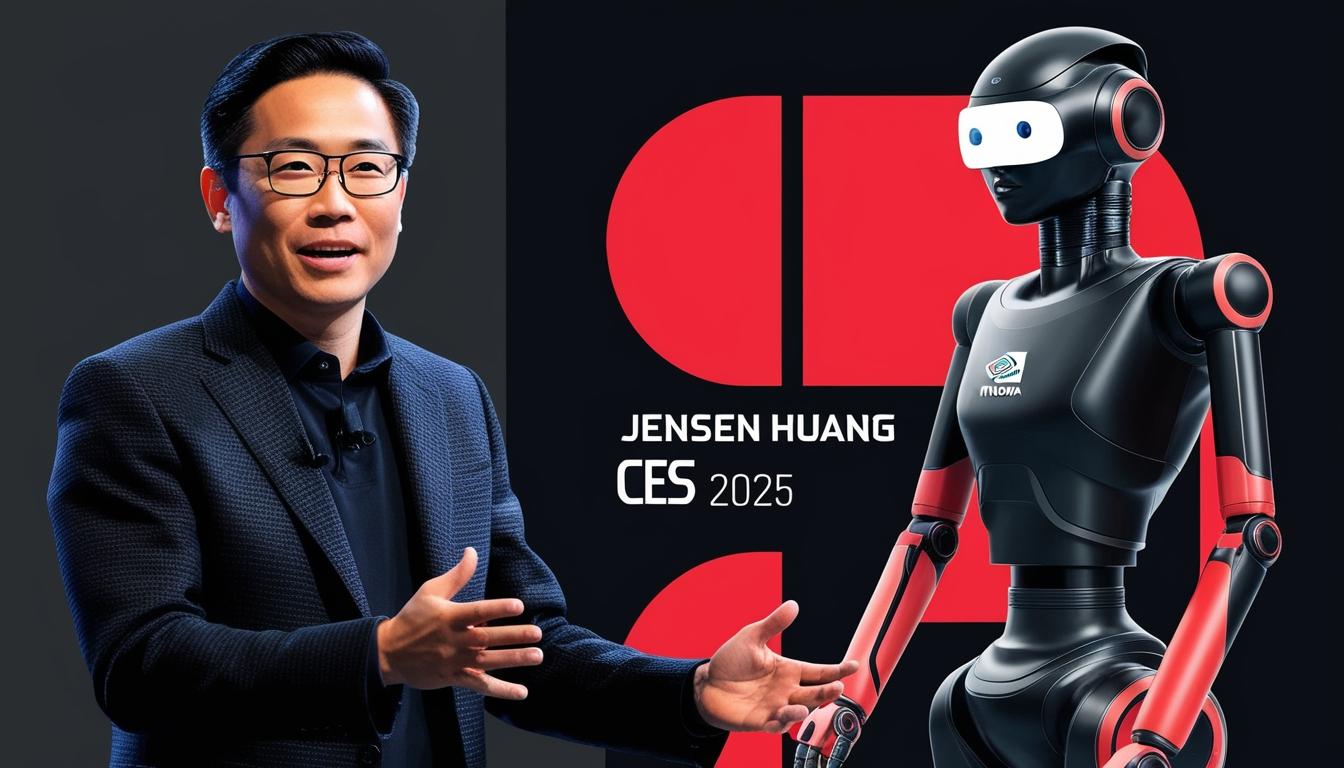At the Consumer Electronics Show (CES) 2025, held in Las Vegas, NVIDIA CEO Jensen Huang delivered a substantial keynote address that captured the attention of over 6,000 attendees. The speech, which lasted for 90 minutes, outlined Huang’s compelling vision for the future of artificial intelligence (AI) and showcased the pivotal role NVIDIA has played in advancing AI across various industries.
Huang commenced his presentation by reflecting on NVIDIA's historical contributions to technology, notably the invention of the programmable graphics processing unit (GPU) in 1999. This innovation, he asserted, laid the groundwork for the current landscape of AI technologies. “Every single layer of the technology stack has been transformed in just 12 years,” Huang stated, emphasising the profound impact of AI on computing capabilities.
He described a progression within AI technologies, starting with perception AI, which Huang believes is “advancing at an incredible pace,” capable of interpreting images, text, and sounds. He then introduced the concept of generative AI, which is tasked with creating diverse forms of media, including text, images, and sounds. Huang noted that the industry is now transitioning into what he refers to as “physical AI,” describing it as a domain where AI systems will possess the ability to perceive, reason, plan, and execute actions autonomously.
Central to Huang’s message was NVIDIA's Cosmos platform, which he dubbed a “game-changer” in the realms of robotics and autonomous vehicles. He highlighted its transformative potential, particularly in facilitating advancements akin to those brought about by large language models in generative AI. By integrating generative models with video processing pipelines, Cosmos enables AI systems to replicate real-world environments, predict outcomes, and optimise decision-making. “The ChatGPT moment for general robotics is just around the corner,” Huang remarked.
Huang articulated the mission of Cosmos as making sophisticated robotics technology and autonomous vehicle capabilities accessible to a wider audience. The platform features an open-license framework available on GitHub, granting developers the tools necessary to train and apply their own AI models.
He further elaborated on NVIDIA's strides in AI-driven content production, revealing tools aimed at creating digital humans, podcasts, images, and videos. The new AI foundational models for RTX PCs, Huang explained, open up unprecedented opportunities for developers and producers to harness these capabilities. “We’re creating a whole bunch of blueprints that our ecosystem can take advantage of. All of this is completely open source,” he added.
Huang highlighted AI's implications beyond computing, particularly within robotics and digital manufacturing. He cited the Isaac GR00T Blueprint, which utilises synthetic motion generation to educate humanoid robots through imitation learning. By leveraging NVIDIA’s Omniverse, developers can fabricate millions of synthetic motions, markedly accelerating robotic training processes.
In his concluding remarks, Huang portrayed a future in which AI is set to revolutionise not just computational processes but the physical aspects of the world we interact with. “All of the enabling technologies I’ve been talking about are going to make it possible for us to see very rapid breakthroughs in general robotics in the next several years,” he stated. With NVIDIA at the helm, the outlook for AI appears expansive and full of promise.
Source: Noah Wire Services
